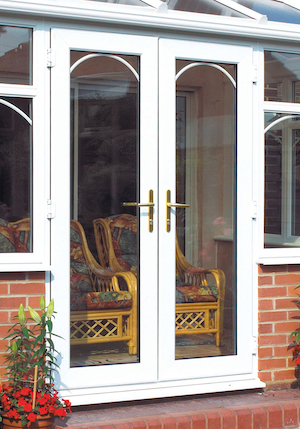9 Lessons Your Parents Taught You About French Door Threshold Replacem…
페이지 정보

본문
 Choosing a French Door Threshold Replacement
Choosing a French Door Threshold ReplacementThresholds fill in gaps at the bottoms of doors, and offer protection from the elements of water, draughts and insects throughout the all year. A threshold that is lower is safer for wheelchairs, pushchairs/prams and connects indoor and outdoor spaces more easily.
When advising your customers on their replacement french doors door threshold options it is crucial to know the different options available.
Weathered
The threshold of an exterior replacing french door glass is an essential feature of any door system, providing protection from the elements as well as seamless transition between indoor and outdoor space. It is crucial to strike the right balance between security and fashion when selecting the threshold for an exterior door system. In addition to being essential for weatherproofing the home, thresholds also play a crucial role in user safety. They help prevent tripping as well as limiting accessibility for those with mobility issues. There are a variety of thresholds that allow customers to pick the one that is suitable for their home.
A threshold that is weathered provides excellent weather protection for doors on the outside. It creates a solid barrier that keeps out rain and wind as well as draughts. This kind of threshold can be recessed/sunk into the floor to leave an upstand of 14mm, reducing tripping hazards while leaving an effective seal against the elements. Weathered thresholds are recommended for all external doors as they provide greater levels of weatherproofing compared to unweathered alternatives. However, the higher elevation of thresholds with weathered coatings could make them unsuitable for some people, particularly those who use wheelchairs or pushchairs/prams.
Unweathered thresholds tend to be lower in height. Many are only a few millimetres off the ground. This means that they are less likely to create dangers for tripping. They can also provide an effortless transition between indoors and outdoor and allow the two to be connected in a way that is both accessible and open. They may not offer the same levels of weatherproofing as a weathered alternative however they are a great choice for homeowners who wish to improve their home's aesthetic without sacrificing functionality or security.
If you are planning to replace bay window with french doors your replace french door glass doors or they're currently fitted with a threshold that is not weathered installing a new threshold could be a simple DIY project. It will help to reduce the unevenness of the gaps at the bottom of doors and protect against water ingress and drafts. It is possible to fit a new threshold to an existing sill, however the old threshold will need to be removed first. To remove the threshold, place a flat bar (aka pry bar) between it and the subsill, and carefully pry up the center section. If the edges of your threshold are nailed to the subsill, you can use the hammer to break them away from the jambs. After the threshold is removed, clean away any mortar left behind and sand the area to a smooth surface. Before reinstalling the threshold, it's recommended to squirt expanding foam sealant beneath it to keep it in place and plug any air gaps.

- 이전글Upvc Doctor Tools To Ease Your Daily Lifethe One Upvc Doctor Trick Every Person Should Know 24.12.15
- 다음글Why No One Cares About Trucking Attorney Near Me 24.12.15
댓글목록
등록된 댓글이 없습니다.
